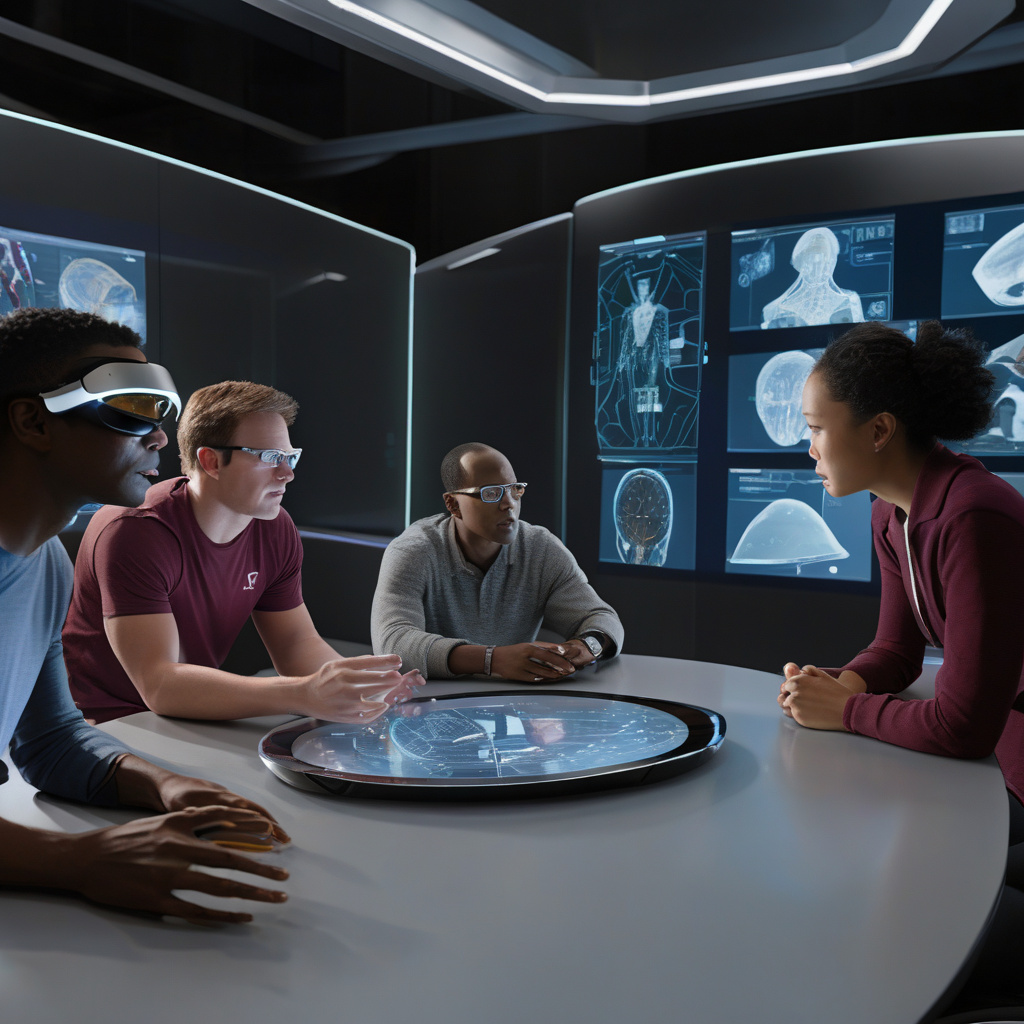Virginia Tech Researchers Sound the Alarm on Mixed-Reality Security Risks
In a groundbreaking study, researchers at Virginia Tech have shed light on a host of security vulnerabilities that could potentially compromise mixed-reality systems, raising concerns within the tech community. The study, which involved 20 participants with limited experience in using mixed-reality headsets, uncovered alarming security threats related to the manipulation of virtual objects during collaborative experiences.
The researchers emphasized that malicious actors could exploit these vulnerabilities to disrupt critical collaborations, manipulate users’ perception of the environment, and impede their ability to coordinate effectively. Such disruptions could lead to physical or psychological harm to both users and bystanders, underscoring the gravity of the identified risks.
Anshel Sag, a principal analyst at Moor Insights & Strategy, noted the lack of attention given to vulnerabilities within extended reality (XR) platforms. He highlighted the challenges in evaluating the code of closed platforms, emphasizing the need for robust code evaluations and audits, particularly in sectors such as enterprise and defense where secure applications are paramount.
The study, conducted using the now-discontinued HoloLens 2 headset by Microsoft, revealed vulnerabilities that could have far-reaching implications. The researchers highlighted scenarios such as “click redirection attacks” and “object occlusion attacks,” which could sow mistrust and confusion among collaborators by manipulating virtual objects within the shared environment.
Furthermore, the researchers demonstrated the potential impact of latency attacks, which significantly degraded the user experience by slowing network speeds between headset users. These findings underscore the urgent need for proactive security measures to safeguard mixed-reality systems and mitigate potential threats.
To address these critical security concerns, the researchers recommended a multifaceted approach that includes user education on security threats, integrating security measures into the design, and implementing visual cues and warning systems to alert users to potential risks. They also suggested incorporating user interface enhancements to improve object visibility and management within the virtual environment.
As the landscape of mixed-reality technologies continues to evolve, it is imperative for developers, organizations, and users to remain vigilant against emerging security threats. By heeding the insights from this study and taking proactive steps to enhance security measures, we can collectively fortify the integrity and resilience of mixed-reality systems in an increasingly interconnected digital world.
This research study, authored by Maha Sajid, Syed Ibrahim Mustafa Shah Bukhari, Bo Ji, and Brendan David-John, serves as a critical wake-up call for the tech industry to prioritize security in the development and deployment of mixed-reality technologies. Stay tuned for further developments in this rapidly evolving field as we navigate the complex intersection of virtual and physical realities.

